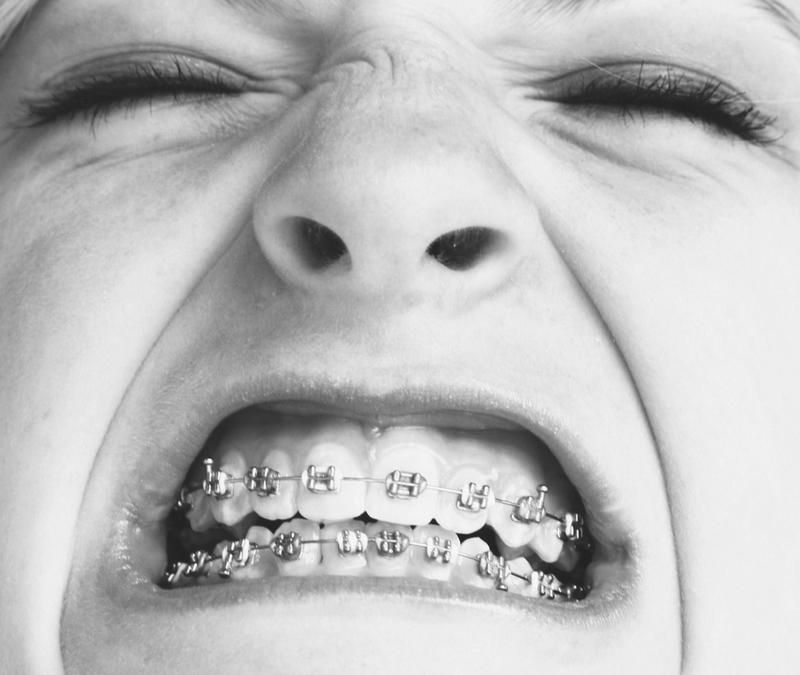If you are considering braces, there are many common myths about them. Dr Mark Reichman takes a look at some of them, many which deter people from getting them on in the first place. Yes, investing in braces is a daunting decision rife with many fears. But they are a great option to make you look good and feel great!
To find out if orthodontics can benefit you, visit your dentist first. Your dentist may know your teeth best. After a dental exam, you will know if you’re making the right choice by investing in orthodontics (an orthodontist specializes in understanding incorrect bites or malocclusions) These are adjusted with orthodontics, such as braces and other techniques. Using force over time to adjust misaligned teeth is one way to transform your smile without dental work. It can serve as a solid foundation for cosmetic enhancements down the road.
Find an orthodontist. With your orthodontist, you will receive an evaluation and record jaw growth and development (especially in younger patients whose teeth grow quickly).
An orthodontist can provide an overview of not only the malocclusion but how it affects the rest of your mouth.
As kids grow, minor bite incongruences can develop into severe issues and may need braces for crooked, overlapping, or overcrowded teeth. Braces are more than just adjusting how these bites look. If your teeth may not line up properly, it makes it difficult to eat certain foods. If your teeth are bumping into each other it’s hard to clean your gums well. Sometimes the front teeth grind unevenly, which creates a an uneven wear pattern to teeth.
Your orthodontist can evaluate how the affected teeth align with other teeth. If your current bite is damaging your jaw joints then an orthodontia plan may be necessary.
So what are the most common myths about braces?
- Braces are just for teens
Braces aren’t just for kids going through puberty. You’re never too old to do something that makes you feel better about yourself. As long as your teeth are healthy, you can benefit from braces at any age and it will even improve your dental health. Even a short phase of braces in adulthood can improve cosmetic work once completed by your dentist, such as crowns.
- Having braces will mean my teeth will stay straight forever
Well, that’s the goal, but it’s not that easy. Teeth are connected to the bone by elastic fibers. As the teeth are moved into their new straightened positions, some elastic fibers are stretched and others are compressed. After your braces are removed, these elastic fibers will tend to push and pull your teeth back towards their original position. Getting your bite right adjusted is the first half of the battle, but keeping them teeth straight with retainer devices after getting your braces off is the rest of the battle.
- If they’re tight, it’s working
Orthodontics is a delicate balance of forces. A common misconception is that if the braces are tighter they’ll come off faster. While it may seem that tighter adjustments will move teeth faster, too much force will damage the bone and tissues. Too much force may cause some teeth to move the wrong way and increase overall time you need braces. Plus braces don’t even hurt as much as they used to. Wearing braces was often annoying and painful. Improvements in materials nowaday mean there is significantly less discomfort and braces work better than ever without causing pain.
- I’ll never get a date!
People hesitate to get braces because of their garish appearance. But metal wires aren’t the only option! While children often prefer the metal option because their friends are all getting them and they can get fun colored bands, there are actually a variety of choices available. Ceramic and lingual braces are virtually undetectable once they are placed. Invisalign is another option that consists of clear, removable trays. This is great for flexible lifestyle needs because it allows you to eat and drink what they prefer.
I hope you enjoyed debunking these braces myths with me. Please share your own insight on braces with me on Twitter @ReichmanMark and read more at drmarkreichman.com
